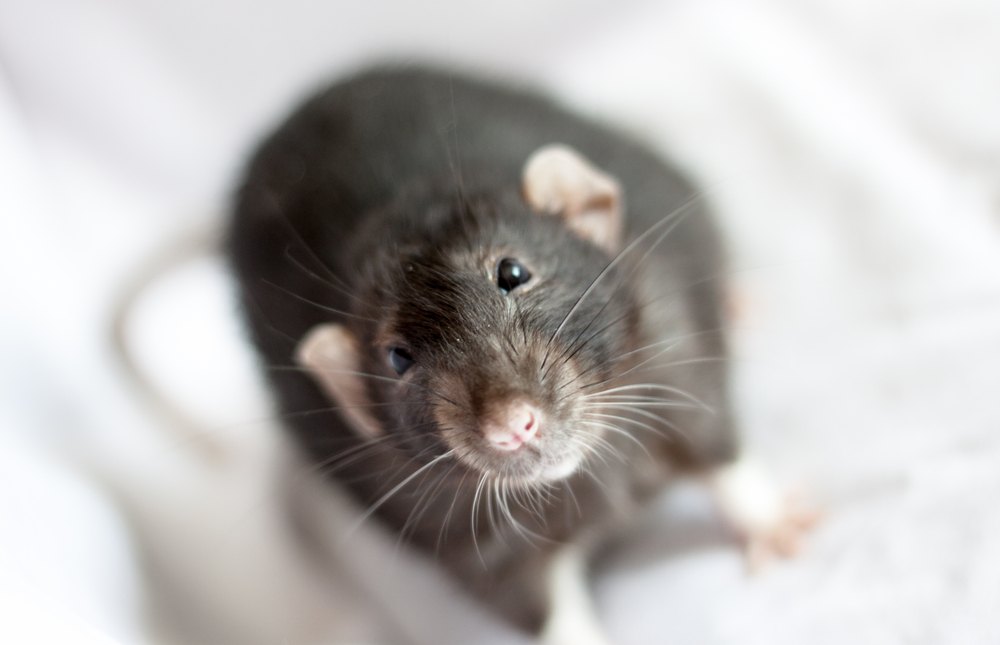New Rat Model Closely Mirrors Angelman, Has ‘High Potential’ for Advancing Treatments, Researchers Say
Written by |

Scientists have created a new rat model of Angelman syndrome (AS) that best mirrors the most common genetic cause of the disease and demonstrates many of its symptoms, including motor deficits, and learning and memory problems.
The new model will likely offer a better tool for discovering and testing new treatments and biomarkers for Angelman. The researchers also hope to use it to expand human knowledge about the mechanisms underlying the complex neurological genetic disorder.
The development of this new model — using CRISPR technology — was detailed in a study, “Generation of a Novel Rat Model of Angelman Syndrome with a Complete Ube3a Gene Deletion,” published in the journal Autism Research.
Angelman is characterized by severe intellectual and physical disabilities, including learning and speech difficulties, inability to coordinate voluntary movements (ataxia), scoliosis, and in more than 80% of patients, seizures before age 3.
The disorder is caused by a deficiency in the UBE3A gene, located on chromosome 15, which results in a complete lack or malfunction of the protein ubiquitin protein ligase E3A, also known as E6AP. These are enzymes that target other proteins to be broken down, or degraded within cells. Studies suggest that the E6AP protein plays a critical role in the normal development and function of the nervous system.
Different types of genetic errors can disrupt the UBE3A gene and lead to Angelman syndrome. The most common is a microdeletion of the chromosome region where the gene resides, which accounts for about 70% of the cases. Other causes include changes in the structure of the gene, or changes in its function or activity, known as gene expression.
Typically, these genetic abnormalities are not passed from parents to their children but instead, occur soon after the child is conceived.
All babies receive their genes in pairs, with one copy coming from the father and the one copy from the mother. Most cells in the body use both the paternal and the maternal gene copies to produce proteins and other factors necessary to function.
However, in specific regions of the brain, only the maternal copy of the UBE3A gene is active, and the paternal copy is turned off. This is called paternal imprinting.
When babies carry alterations in the maternal copy of UBE3A, some brain regions stop producing E6AP protein or produce an abnormal version of it. In either case, this leads to a number of neurological signs and symptoms.
So far, very little is known about the roles E6AP plays in the brain and how the lack of this protein in neurons leads to Angelman syndrome’s neurological manifestations.
“Elucidating the mechanistic action of E6AP would enhance our understanding of [Angelman syndrome] and drive current research into new avenues that could lead to novel therapeutic approaches that target E6AP’s various functions,” the researchers said.
Much of what is known comes from studies done on a mouse model of Angelman created 20 years ago. This model was genetically engineered to have a UBE3A mutation in the maternal copy of the gene that halts the production of E6AP protein.
Despite being widely used for Angelman research, the model has some handicaps and limitations, including variability between strains and a loss of disease characteristics over time.
Now, a team of researchers from the University of South Florida in Tampa set out to create a model that more closely resembles the human disease.
They generated rats that carried a full deletion of the UBE3A gene, using a gene-editing technique called CRISPR-Cas9. This method allows researchers to cut an organism’s genome at any desired location, like a tailor-made genetic modification.
In contrast to the mice model, which lacked only a gene region, this new model had a complete deletion of the UBE3A gene, making it genetically similar to most human cases of Angelman syndrome.
Compared with mice, rats are seen as better models that may “permit a more accurate assessment of novel therapeutic approaches,” the researchers said. The rats share more similarities with human physiology. They have higher motor coordination and behavioral complexity, and have a much larger brain and body size compared with mouse models, which facilitates their study.
The new rat model mirrored many aspects of human disease “with loss of Ube3a expression [activity] in the brain and deficits in motor coordination as well as learning and memory,” the researchers noted.
“This new model should offer avenues for increased exploration of AS and advance our understanding of molecular targets of UBE3A thus expanding our knowledge of the disease,” the team concluded. They added that this model offers “high potential” for aiding in the development and testing of new treatments and in biomarker discovery.





